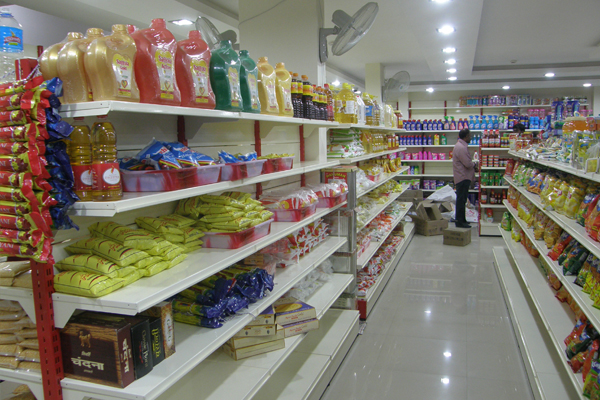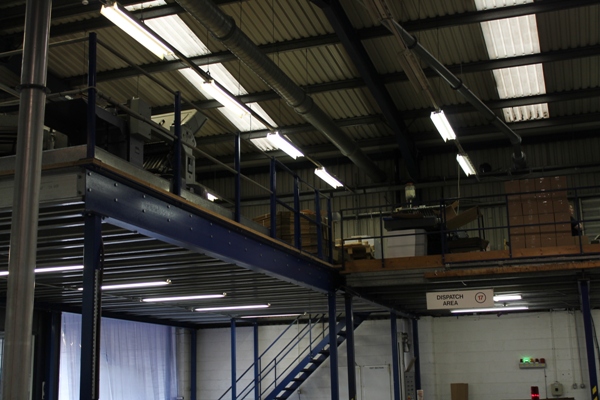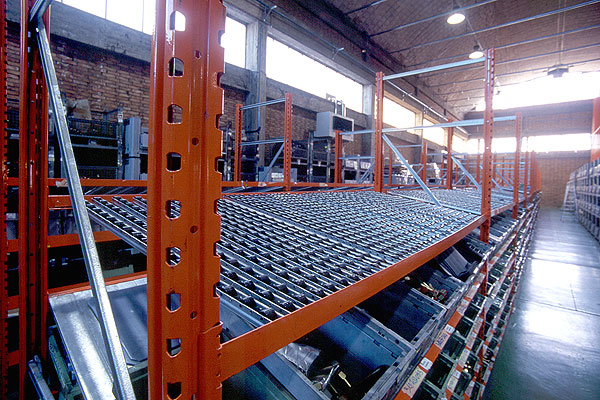Safety inspections are one of the most important best practices for ensuring the security of storage racks in the workplace. As the owner or the operator, it is your responsibility to ensure that the entire rack system is under proper maintenance.
Racks require adequate care and maintenance, just like your machinery and computer system. Rack maintenance can be accomplished by subjecting your rack system to periodic inspections. However, the rack inspection should be based on three factors:
- Degree of activity with the rack
- Volume of traffic in your storage area
- Velocity of inventory throughput
A Rack Manufacturer’s Insight On Rack System Inspections
Experts at Donracks, Bangalore’s reputed rack manufacturer, says that the prime objective of an inspection is to ensure the safety of your rack system. However, the practice serves many other purposes. A comprehensive rack system inspection comprises a thorough check to assess the condition of the following parts:
- Pallets
- Anchorage
- System loads
- Frame bracing
- Shelf beams
- Column base plates
- Columns
- Connections
- Wire decks
- Accessories
In your capacity as a warehouse owner, operator, or manager, you will want to ensure that operations are uninterrupted. To do so, you need to take all possible measures to ensure rack safety and functionality. There can be no room for carelessness that increases the risk of injury-causing incidents. A periodical inspection can guarantee the safety and functionality of your rack system and thereby extend the lifespan of your business facility.
What happens when you avoid rack inspections?
Failure to conduct rack inspections can seriously impact your employees’ safety, productivity, and reputation. It is a mistake that you do not want to make. In short, rack safety should be your top priority because it comes with plenty of legal liabilities.
So, how often should your rack system be inspected to keep you on the safer side of the law? Experts recommend an inspection at routine intervals. At the very least, an annual inspection is mandatory to ensure a safe work environment.
Sometimes, unexpected circumstances may call for an earlier inspection. If equipment has been damaged or moved, or if you are concerned about its integrity or performance, you need an earlier rack safety inspection.
To make things easy for you, we list some important rack inspection guidelines.
Rack Manufacturer’s Institute (RMI) Guidelines For Inspections
RMI’s guidelines state a list of factors that require regular inspection of your rack system:
- Damaged racks
Even the smallest damage makes your rack system vulnerable to more damage if timely repairs aren’t done.
- Narrow aisles
Lack of adequate space between aisles will limit the room for manoeuvrability, increasing the risk of impacts during the loading and unloading of goods.
- High traffic
It is more likely that the rack system will be damaged if forklifts and other goods-carrying vehicles pass through that area.
- Low temperatures
Racks are more susceptible to damage when they are exposed to cold environments. A cold storage area’s racks are likely to be damaged by material handling equipment because of storage density.
- Transfer aisles
When it comes to racks with transfer aisles, they are more likely to sustain damage due to the loading and unloading impact.
Degrees of potential for damage
Additionally, here are a few best practices to consider when inspecting the parts of your rack that are more susceptible to impact damage:
- High degree
Racks that have four or more of the above-mentioned characteristics in the guidelines fall under the “high degree” category. Such racks are highly susceptible to damage and must be inspected once a month.
- Medium degree
If your racking system exhibits three or more faulty characteristics, they have a medium degree of potential for damage. You must carry out inspections every once in three months.
- Low degree
Racks that have only one of these characteristics are considered fairly strong and safe. However, they should be inspected twice a year.
Rack inspection check list
Your racking system is a big investment and a critical part of your business, whether it is a retail store, warehouse, or industry. Therefore, it requires proper care and maintenance. You can conduct visual inspections at regular intervals to identify issues and sort them before they become a major problem.
Here’s a check list that covers all the potential damages in your rack to look out for in your visual inspection:
Environment
- Adequate lighting
- Adequate rack protection measures
- Uncluttered area around the racks
Condition
- Signs of rust and corrosion
- Excessive storage load
- Posting of rack load ratings
- Level of the racks
- Condition of the foot plates
- Damaged or bent uprights
- Bracing condition
- Installation of column protectors
Rack Assembly
- Are the correct components used?
- Are any components missing or misaligned?
Rack beams
- Attachment of the beams to the uprights.
- Condition of clips, safety pins, bolts, and beam attachment pins
- Beam surface inspection
- Signs of deflection
Usage
- Clearance space from the ceiling
- Pallets
- Load restraint
- Provision of safety equipment
Furthermore, you should document every rack safety inspection’s date, time, and results and keep them filed for future reference. Ensure that your warehouse keeps track of all rack incidents, no matter how small.
Repercussions Of A Rack Collapse
Keeping your racking system safe and functional requires regular inspections. Never make the mistake of avoiding it, for you may face serious repercussions. Take a look at the hidden costs and problems you may incur if your rack system collapses:
- Disruption of work
- Use of temporary storage facilities
- Expenses for repair and replacement
- Workers compensation
- Legal liabilities expenses
- Insurance premium hikes
- Fines for violating statutory rules
- Serious injury to workers
- Possibility of fatalities
If not a formal inspection, you must conduct a reconfiguration with professional advice by a licensed rack engineer. They will assess the existing structure for damage and recommend repairs.
You can also reach out to the expert team at Donracks One Stop Storage Solutions, Bangalore, for any advice regarding rack inspections. Based on our many years of industry experience, we offer a variety of racking and storage solutions that meet the demands of any business.




